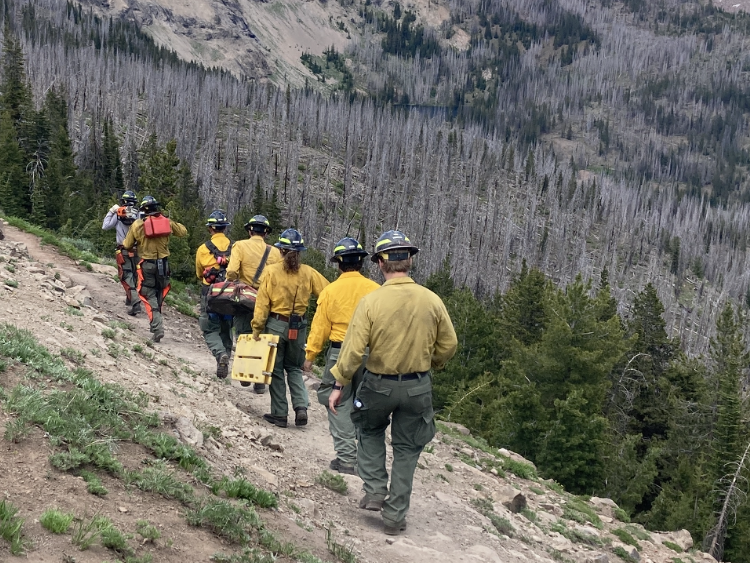Our View: Supreme Court finally untangles WOTUS
Published 4:00 am Thursday, June 1, 2023

- U.S. Supreme Court.
A unanimous Supreme Court struck a blow against the expansive regulatory state and in favor of common sense last week when it struck down the Environmental Protection Agency’s interpretation of its authority under the Clean Water Act.
Now it’s time for the Biden administration to adopt the court’s plain-language definition of “waters of the U.S.”
The issue before the court was which wetlands should be regulated as “waters of the U.S.” under the Clean Water Act.
In 2007 Idaho landowners Chantell and Michael Sackett received local building permits to build a house in a subdivision near Priest Lake in the northern part of the state. After they had started site work, the EPA declared the parcel a regulated wetland, even though a road separates it from the nearby lake.
The EPA ordered them to stop, remove all fill, replant it and monitor it for three years. If they didn’t, they’d have to pay fines of up to $32,500 a day.
The Sacketts then found that they could not proactively challenge the compliance order in court. In 2012, the Supreme Court unanimously ruled for the Sacketts, holding that EPA compliance orders are final agency determinations that are subject to court review.
That in itself was a huge victory, but it took another 10 years of additional litigation for the Sacketts to get clarity on the central issue in their case.
The EPA claimed natural and man-made barriers do not block the federal government’s ability to regulate wetlands. It argued that the government has authority over any wetlands that has a significant nexus to navigable waters — even when that nexus is not readily apparent.
The Sacketts argued that the government’s regulatory power extends only to wetlands with a continuous surface connection to navigable waters. The court agreed.
In his opinion for the court, Justice Samuel Alito acknowledged the tortured history of administrative and judicial interpretations of what is included as “waters of the United States” and subject to regulation.
The EPA and the Corps of Engineers in their rulemaking have at times held differing opinions. And since the last Bush administration, the rules have been rewritten three times, ostensibly to provide clarity, but in fact to narrow or broaden the scope of the rule to match political agendas.
The court shares part of the blame, rendering two other opinions that have helped leave the rules such a jumbled mess that any landowner looking for clear meaning would be bumfuzzled.
No more.
“In sum, we hold that the CWA extends to only those wetlands with a continuous surface connection to bodies that are ‘waters of the United States’ in their own right, so that they are ‘indistinguishable’ from those waters,” the court ruled.
Even as this case was being considered, the Biden administration threw out Trump-era rules and set about constructing a “durable definition” that in fact gave EPA significant leeway to find cause to regulate.
The court has ruled more narrowly, and clearly. The EPA’s rules must now follow suit.









